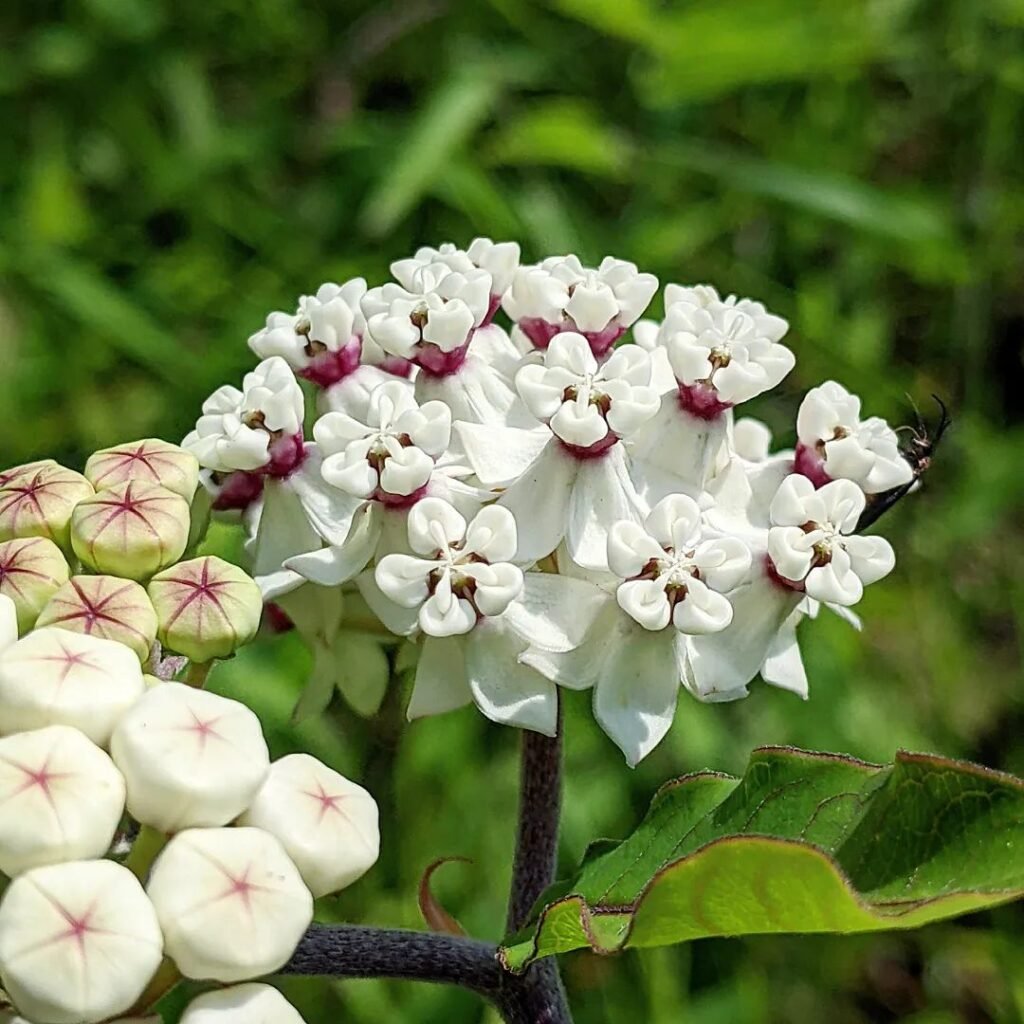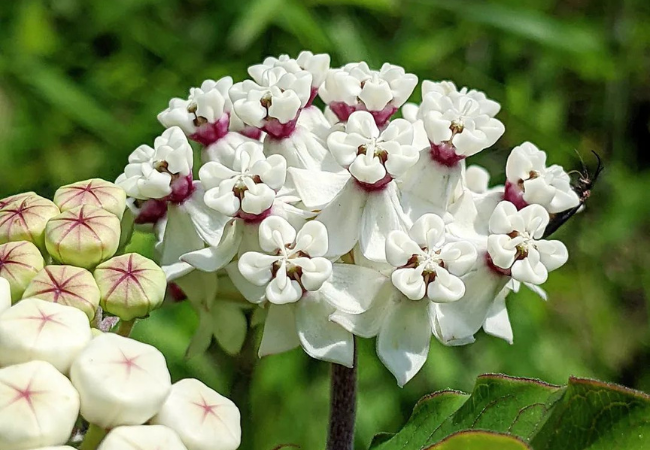Discover how to grow Asclepias flowers (milkweed), their role in supporting monarch butterflies, and where to buy seeds or plants. Tips from gardening expert Ashley Scott!
I’ll never forget the first time I spotted a monarch butterfly fluttering around my garden. It landed gracefully on a cluster of pink asclepias flowers, and I realized my efforts to plant milkweed had paid off. Over my 10 years of gardening, I’ve learned that Asclepias flowers aren’t just beautiful—they’re vital for ecosystems. Let’s dive into why every gardener should grow milkweed and how to do it successfully.
Why Grow Asclepias Flowers (Milkweed)?

Asclepias flowers, commonly called milkweed, are the only host plant for monarch butterflies. Without them, monarchs can’t complete their lifecycle. But their benefits go beyond butterflies:
- 🐝 Support pollinators: Bees, hummingbirds, and other beneficial insects rely on their nectar.
- 🌿 Low maintenance: Thrives in poor soil and drought conditions.
- 🌸 Unique beauty: From white asclepias flowers to vibrant orange varieties, they add texture to gardens.
In my garden, planting milkweed transformed a barren corner into a buzzing habitat. Plus, their seed pods make striking additions to bouquet asclepias flowers!
Types of Milkweed to Grow
Did you know there are over 100 milkweed species? Here are my favorites:
- Common Milkweed (Asclepias syriaca): Tall with pink blooms; ideal for outdoor asclepias flowers.
- Swamp Milkweed (Asclepias incarnata): Loves wet soil; features rose asclepias flowers.
- Butterfly Weed (Asclepias tuberosa): Bright orange blooms; perfect for dry areas.
- White Asclepias (Asclepias variegata): Stunning white asclepias flowers that glow in moonlight.
For something unique, look for black asclepias flowers (dark burgundy) or green asclepias flowers (Asclepias viridis).
How to Grow Milkweed From Seeds or Plants
Starting from Seeds
I always recommend flower seeds asclepias flowers for cost-effectiveness. Here’s how:
- Cold Stratify: Place seeds in a damp paper towel in the fridge for 30 days.
- Plant in Spring: Sow seeds ¼ inch deep after the last frost.
- Sun & Soil: Full sun (6+ hours) and well-draining soil.
Pro Tip: Check my guide on Starting Seeds Indoors for higher germination rates.
Caring for Milkweed
- 💧 Watering: Drought-tolerant once established. Avoid overwatering!
- 🌱 Fertilizer: Not needed—they thrive in poor soil.
- 🐛 Pests: Aphids love milkweed. Spray them off with water or use neem oil.
Yes, you can grow indoor asclepias flowers in pots near sunny windows!
Where to Buy Asclepias Flowers
Looking for asclepias flowers nearby? Here’s where I shop:
- Online Retailers: Etsy offers unique small asclepias flowers, while Amazon has affordable asclepias flowers under 250 INR.
- Local Nurseries: Ask for native species to support local ecology.
- Seed Exchanges: Join groups like Monarch Watch for free seeds.
For fresh flowers asclepias, consider farms specializing in cut flowers.
Common Challenges (and Solutions!)
- Yellow Leaves: Often due to overwatering. Let soil dry between waterings.
- Invasive Spread: Common milkweed can take over. Grow in containers or choose clump-forming types like lily asclepias flowers.
- Winter Care: Cut back stems in fall; mulch in colder zones.
Using Milkweed in Bouquets
Milkweed’s globe-shaped blooms and seed pods add drama to arrangements. For bouquet asclepias flowers:
- Harvest stems when blooms are half-open.
- Pair with zinnias or sunflowers for contrast.
FAQs About Asclepias Flowers
Q: Can I grow milkweed in containers?
A: Absolutely! Use deep pots for taproot growth.
Q: Are milkweed flowers toxic?
A: Yes—keep away from pets and livestock.
Q: What’s the meaning of asclepias flowers?
A: Named after the Greek god of healing, Asclepius, symbolizing resilience.
Final Thoughts
Planting Asclepias flowers is one of the most rewarding steps I’ve taken as a gardener. Not only do they attract monarchs, but they also teach patience and ecological stewardship. Ready to start? Check out my Butterfly Garden Guide or explore USDA’s Milkweed Resources for regional tips.
Let’s turn our gardens into monarch sanctuaries—one milkweed at a time! 🌱🦋






